Peru, a country of extraordinary geographical and climatic diversity, offers a unique experience in every corner. From the Pacific waves on its coasts and the majestic Andes rising to the vast Amazon rainforest spreading across its eastern territory, Peru's weather is as varied as its rich culture and history.
Therefore, this blog will guide you through Peru's fascinating climatic variety, providing everything you need to know to plan your perfect trip to this incredible South American destination, home to Machu Picchu. Are you ready to dive into the ultimate guide to Peru's weather?
What is the weather in Peru?
Peru weather is extraordinarily diverse due to its varied geography, including the Pacific coast, the Andean highlands, and the Amazon rainforest. This climatic diversity means that multiple weather seasons coexist simultaneously in this country.
However, if you only remember three things about weather conditions in Peru, remember this:
Coast (Lima, Paracas, north coast)
- Desert climate, almost no rain.
- Warm and sunny: roughly from December to March.
- Cool, cloudy, and humid: roughly from June to September (with “garúa,” the coastal mist).
Andes/Highlands (Cusco, Sacred Valley, Lake Titicaca, Arequipa)
- Two clear seasons: dry and rainy.
- Dry season: April to October, sunny days, cold nights, almost no rain (ideal for hiking).
- Rainy season: November to March, greener landscapes, afternoon showers, warmer nights.
Amazon rainforest (Iquitos, Puerto Maldonado, Manu)
- Warm and humid all year.
- More rain from December to May, a bit “drier” from June to November, but you should always expect some rain.
Climate on the Coast of Peru
The Peruvian coast, bathed by the cold currents of the Pacific, has an arid climate all year round, with plenty of sunshine on the north and south coasts and cloudier skies on the central coast. This region, stretching from Tumbes in the north to Tacna in the south, has unique climatic characteristics that make it ideal for a variety of activities and explorations throughout the year.
In the north, cities like Piura and Tumbes experience warm and sunny weather almost all year, with temperatures exceeding 30 °C (86 °F) during the summer (December to March). This area is perfect for those seeking paradisiacal beaches, world-class surfing, and vibrant marine life.
- Summer (December–March): warm to hot days, intense sun, almost no rain.
- Winter (June–September): cooler, very cloudy and humid, with the famous coastal mist called “garúa.”
- Best time for beach holidays: roughly December to March, especially along the north coast.
Lima Peru weather
Peru's capital, Lima, along with other central cities like Trujillo, has a peculiar climate pattern characterized by "garúa,” a fine mist covering the city during winter (June to September), keeping temperatures moderate between 12 °C and 19 °C (54 °F to 66 °F). However, summer brings sunny days and pleasant temperatures ideal for enjoying the beaches and Peru's rich marine gastronomy.
North coast (Piura, Tumbes, Máncora)
- Very warm and sunny for most of the year, with many days above 30 °C (86 °F) in summer.
- Ideal for beaches, surfing, and whale watching (the season depends on the species).
- Rain is more likely during strong El Niño years, when this area can experience heavy downpours.
South coast (Paracas, Ica, Nazca)
Towards the south, the climate becomes more arid, and temperatures moderate. Cities like Ica, and Tacna offer dry weather throughout the year, with warm days and cool nights. This region is renowned for its stunning desert landscapes, vineyards, and rich cultural history.
- Mostly dry, sunny days and cool nights.
- Ideal for sandboarding, visiting vineyards, and spotting coastal wildlife (especially around Paracas).
- Winds often pick up in the afternoon, particularly in the Paracas area.
Weather in the Peruvian Highlands
Ascending into the Andes, the climate dramatically transforms, mainly influenced by altitude and topography. Cusco enjoys sunny days and cold nights throughout the year, making it a paradise for trekking enthusiasts. It offers the globally renowned Inca Trail to Machu Picchu under generally clear skies and a climate that defies its variability.
Dry Season (April to October)
During the dry season, daytime temperatures in the highlands can be pretty pleasant, generally ranging between 12 °C and 24 °C (54 °F and 75 °F). However, nighttime temperatures can drop significantly, especially at higher altitudes, even reaching below zero in some parts of Peru. This wide thermal variation is typical of mountainous areas, where the daytime sun can effectively warm, but the lack of clouds allows heat to dissipate quickly after sunset.
Rainy Season (November to March)
The wet season brings more consistent temperatures but also an increase in rainfall. Daytime temperatures remain in a range similar to the dry season, between 12 °C and 22 °C (54 °F and 72 °F), but nights are usually less cold due to cloud cover, which acts as a thermal insulator. It's ideal for those looking for the most green and vibrant landscapes.
Current climate in Machu Picchu
Machu Picchu, located in Cusco, enjoys a temperate and humid climate. The dry season, from April to October, offers ideal conditions for visiting, with sunny days. From November to March, the rainy season brings frequent but brief rains. Temperatures fluctuate between 10 °C and 25 °C. Due to the high humidity, it's recommended to bring waterproof clothing, sunscreen, and footwear suitable for the weather conditions.
Read More | Best time to visit Machu Picchu.
Weather in the Peruvian Jungle
The climate in the Peruvian jungle, especially in the Amazon region, is tropical, humid, and warm throughout the year. This tropical climate is the perfect setting for nature adventures, wildlife spotting, and exploration of native communities, offering a deep immersion into the planet's green lung. This vast and biodiverse area experiences two main seasons determined more by precipitation than by temperatures, which remain relatively constant.
Rainy Season (December to May)
During these months, the jungle receives most of its annual rainfall, which can lead to swollen rivers and more complicated access to some areas. However, it is also a period where flora and fauna are at their most splendid, making it an ideal time if you're looking to experience wildlife in its most vibrant state.
Dry Season (June to November)
Although it's called the "dry" season, rains still occur during these months, but they are much less frequent and of lesser intensity. Many travelers prefer this season, as paths and trails are more accessible, and activities like bird watching and visiting indigenous tribes are facilitated.
Weather in Peru, month by month
Month | Coast (Lima & beaches) | Andes (Cusco, Machu Picchu, Arequipa, Titicaca Lake) | Amazon (Iquitos, Puerto Maldonado) |
| Jan | Hot, sunny, excellent for the beach; almost no rain. | Warm days, heavy downpours, lush green mountains. | Very warm, very humid, frequent heavy rain. |
| Feb | Very hot on the north coast, busy beaches. | Heavy rain; Inca Trail closed; Machu Picchu open, but rainy days are likely. | Hot, humid, with possible strong storms. |
| Mar | Still warm and mostly sunny; start of autumn. | Rainy but improving; mix of sun and showers. | Humid and rainy, high river levels. |
| Apr | Pleasant temperatures, fewer people on the beaches. | Start of the dry season, greener landscapes, ideal for hiking. | Still humid; rain starts to decrease. |
| May | Mild to warm days, more cloud in Lima. | Dry, sunny days, cold nights; excellent trekking conditions. | Warm, a bit less rain, good for jungle lodges. |
| Jun | Cool, cloudy, and humid in Lima; little sun. | Very dry and clear skies, very cold nights; high trekking season. | Warm, slightly “drier,” but still humid. |
| Jul | Coolest time on the coast, grey skies. | Similar to June; very busy for Inti Raymi and holidays. | Warm, some rain, good wildlife viewing. |
| Aug | Still cool and cloudy, with few sunny breaks. | Dry, sunny days, cold nights; dustier trails. | Warm with scattered showers. |
| Sep | Warming up, more sun on the coast. | More cloud again and some showers. | Warm, humid, with some storms. |
| Oct | Warmer and sunnier; a good transition month. | End of the dry season; more afternoon rain. | Hot, humid, frequent showers. |
| Nov | Hotter days on the coast, start of beach season. | Start of the rainy season; mix of sun and rain. | Heat and humidity return, with heavy rain. |
| Dec | Warm, sunny, perfect for the beach. | Start of the rainy season; quieter trails, greener views. | Very warm, humid, frequent rain. |
Microclimates in Peru
Moreover, Peru boasts several microclimates due to its varied geography. For example, the Sacred Valley of the Incas in Cusco has a more temperate and less rainy climate than Cusco city itself. At the same time, specific areas in the Andes can experience extreme weather conditions, including snow and frost.
Lake Titicaca (Puno)
Days can be sunny and pleasant, but at over 3,800 m (12,467 ft), nights can be very cold, especially in June and July. Good gear is essential.
Arequipa and the Colca Canyon
There are more sunny, dry days here than in Cusco, but nights are still cool. Ultraviolet radiation is strong because of the altitude.
Huaraz and the Cordillera Blanca
Typical high-mountain weather: strong sun, cold nights, and a risk of sudden storms in the high peaks throughout the year.
Best time to visit Peru
The best time to visit Peru depends on what you wish to experience in this fascinating country:
To explore Machu Picchu and the Andean Highlands
From April to October, the dry season is considered the best time to visit Machu Picchu and other wonders of the Peruvian highlands, such as Cusco, the Sacred Valley, Puno, and Arequipa. These months mostly have sunny days.
To enjoy the Peruvian Coast
If you're interested in beaches and coastal cuisine, the Peruvian summer, from December to March, is perfect for visiting coastal cities, where you can enjoy warm climates.
To venture into the Peruvian Jungle
The Peruvian jungle is vibrant and full of life all year round, but if you wish to avoid intense rainy periods, plan your visit during the jungle's dry season, between April and October.
Top 7 cities with the best weather in Peru
Explore the top 7 cities with the best Peru weather, where each destination blends ideal temperatures with unique cultural and natural experiences. Discover these cities and enjoy unforgettable experiences under the Peruvian sky!
- Cusco: The ancient Incan capital boasts a temperate climate with sunny days around 20 °C (68 °F) and cool nights close to 5 °C (41 °F), perfect for uncovering its archaeological treasures.
- Arequipa: Known as the “White City,” awaits you with dry and sunny weather, averaging from 10 °C (50 °F) at night to 25 °C (77 °F) during the day, ideal for exploring its colonial heritage.
- Ica: In this heartland of valleys and dunes, temperatures range from 20 °C (68 °F) to 30 °C (86 °F), creating the perfect ambiance for outdoor ATVs and wine tasting.
- Trujillo: The “City of Eternal Spring” offers temperatures ranging from 17 °C (63 °F) to 26 °C (79 °F), perfect for immersing yourself in its rich history and beautiful beaches.
- Chiclayo: This vibrant city has a warm climate, with average temperatures ranging from 18 °C (64 °F) to 28 °C (82 °F), perfect for exploring archaeological sites and enjoying its exquisite cuisine.
- Tumbes: This tropical paradise welcomes you with average temperatures between 25 °C (77 °F) and 32 °C (90 °F) all year round, inviting you to enjoy its beaches and mangroves.
- Tacna: Enjoy an arid climate with temperatures fluctuating between 14 °C (57 °F) at night and 25 °C (77 °F) during the day, ideal for exploring its rich history and culture.
What to bring to Peru? / Practical tips
- Passport and personal documents.
- Layered clothing to adapt to climatic variations.
- Light clothing.
- Waterproof jacket or rain poncho.
- Comfortable walking shoes.
- Hat or cap.
- Sunglasses.
- Sunscreen.
- Small backpack for daily excursions.
- Adapters and portable charger.
- Camera.
- Flashlight or headlamp.
- Personal hygiene items.
- Cash in Peruvian soles.
- Trekking poles if you plan on taking long hikes.
FAQs about the Peru weather
When is it hottest in Peru?
The hottest time in most of Peru is the southern-hemisphere summer, from December to March, especially along the north coast, where temperatures often go above 30 °C (86 °F). In the Amazon it is hot all year, but humidity and storms are also stronger in these months.
What is the hottest place in Peru?
Piura, in the north, is known as one of the warmest regions in the country.
When does the rainy season start in Peru?
The rainy season starts in November and lasts until May, and is most noticeable in the jungle and the highlands.
When does it get cold in Peru?
Cold weather is more intense during the dry season.
Where is it coldest in Peru?
The coldest areas are the highest parts of the Andes, such as Puno, which records the lowest temperatures.
How cold does it get at night in the Andes (Cusco, Lake Titicaca, and trekking routes)?
At high altitude, the sun can warm things up during the day, but temperatures drop quickly after sunset. In Cusco and other Andean cities, nighttime lows in June and July can be around 0 °C (32 °F) or even lower; around Lake Titicaca it can be even colder. On trekking routes and high mountain passes, frosts and occasional snowfall are possible, so it’s essential to bring warm clothing, a hat, and gloves.
What is the rainiest place in Peru?
Chachapoyas and the Amazon region are among the rainiest areas in the country.
Which part of Peru has the best climate?
The city of Arequipa enjoys a mild, pleasant climate almost all year.
Where can you see snow in Peru?
The Cordillera Blanca, especially the peaks around Huaraz, has permanent snow-capped mountains.
Which months are winter in Lima?
Winter in Lima runs from June to September, with cool, humid weather.
Prepare your adventure!
Planning your visit to Peru based on the climate is essential to enjoy everything this country offers. Whatever your destination in this land of wonders, Peru weather invites you on an adventure that will be both an external discovery and an inner journey. Peru awaits you with open arms all year round, offering different experiences depending on the season. Get ready for an unforgettable trip, no matter what you choose.

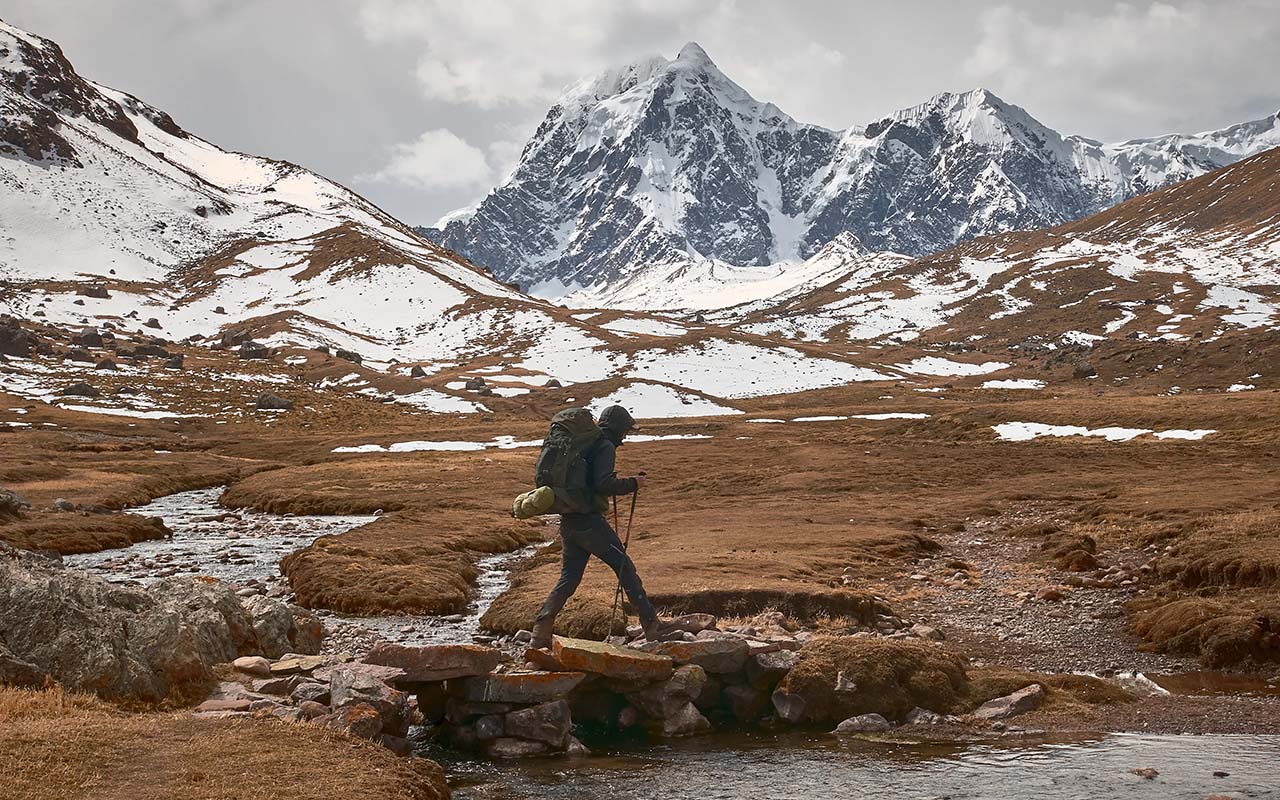
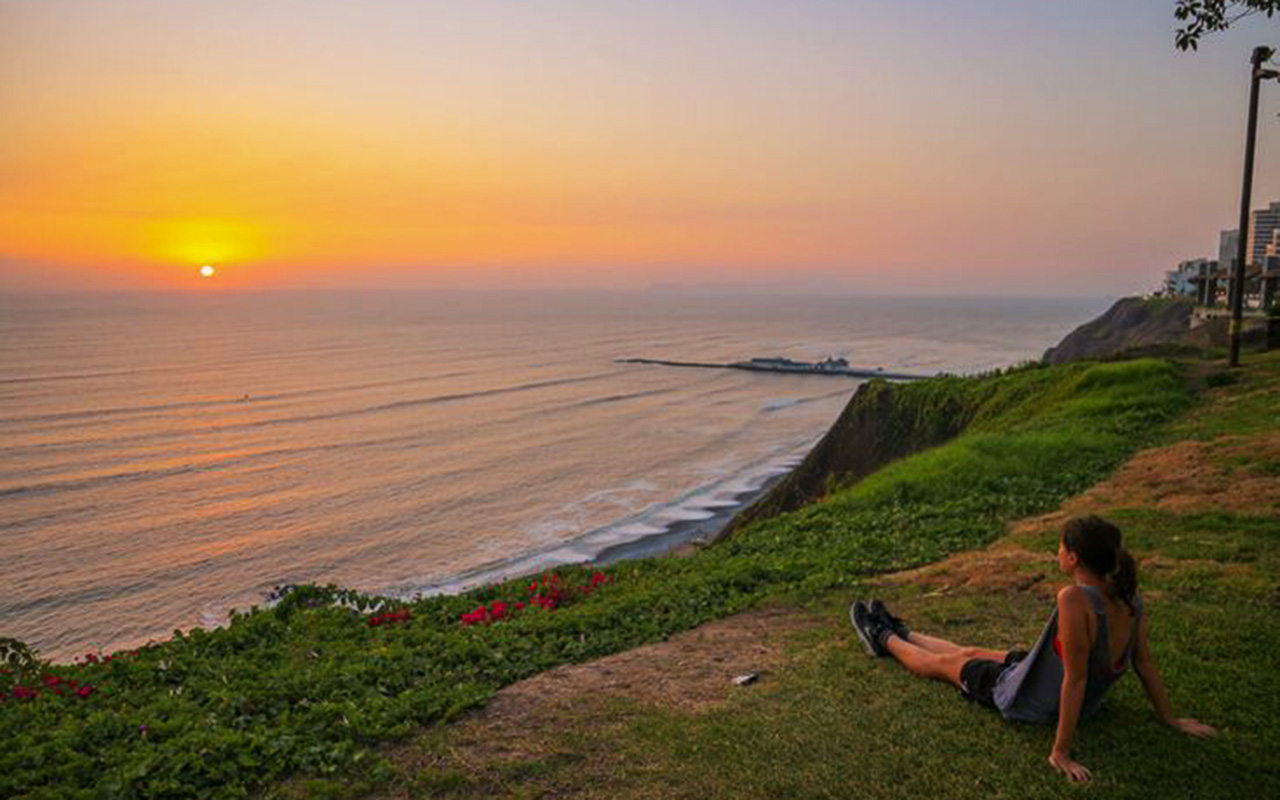
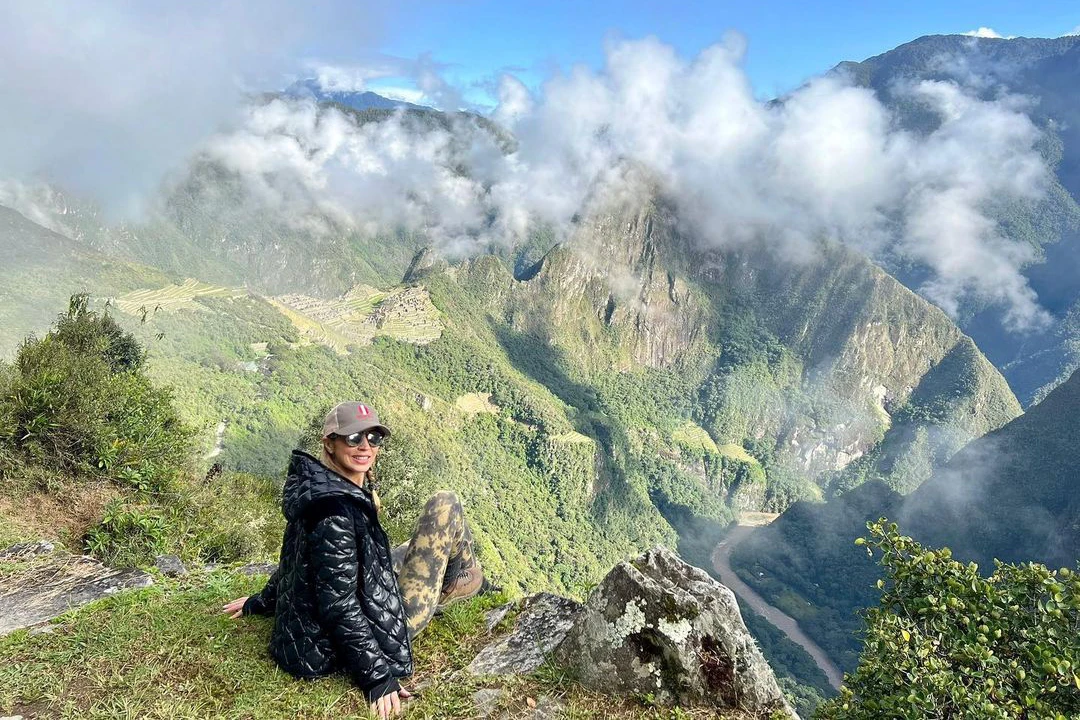
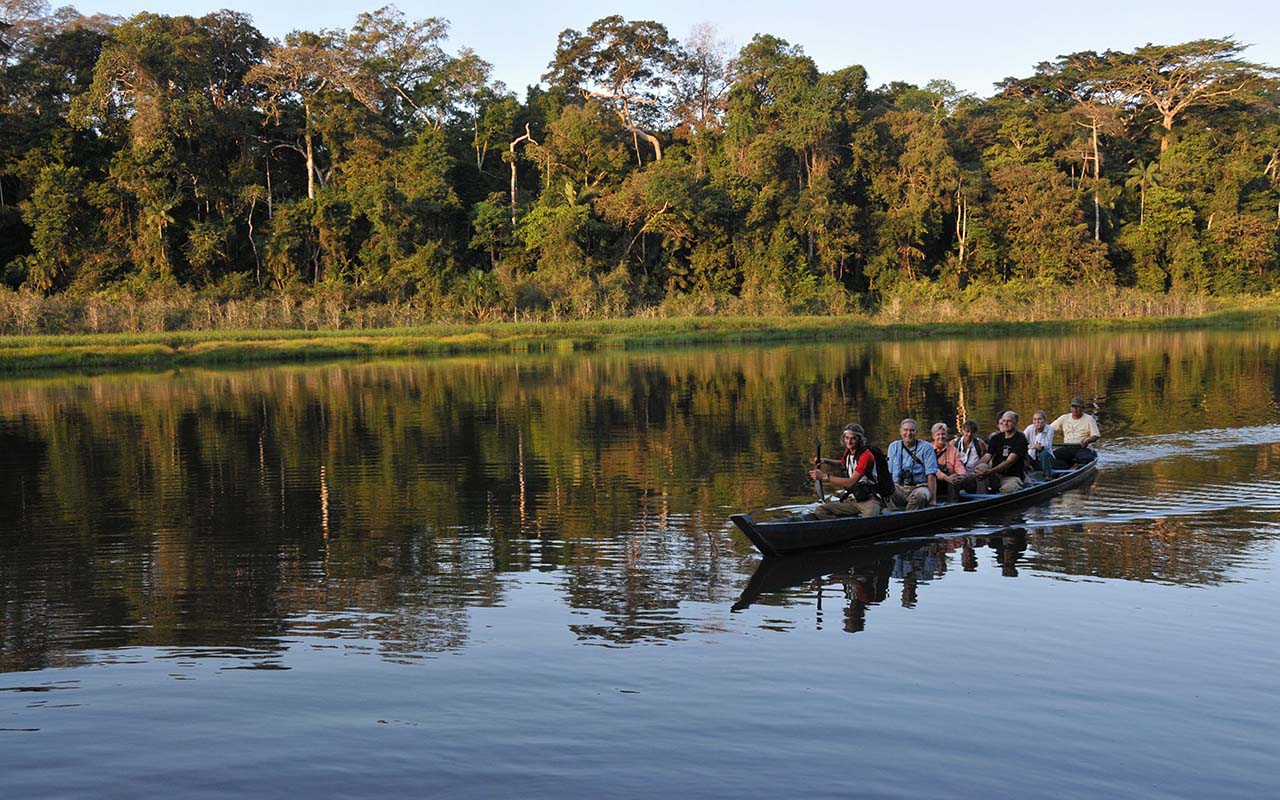
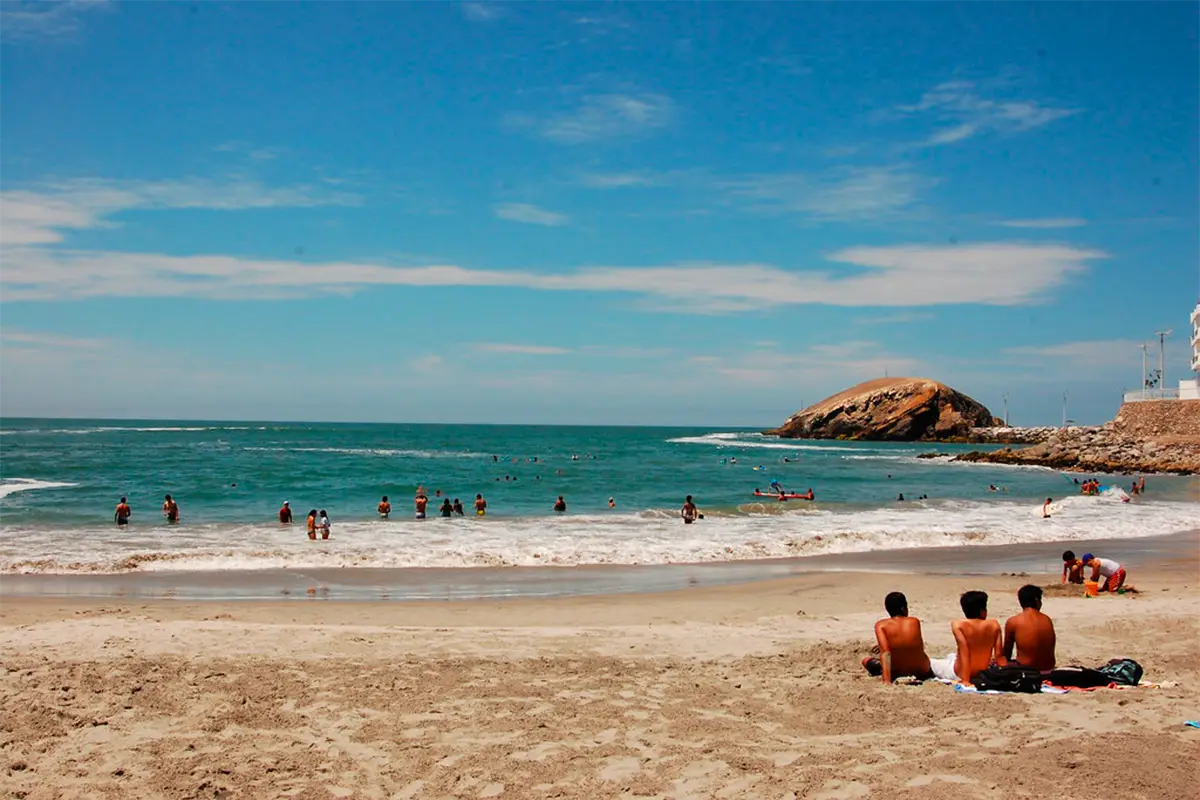

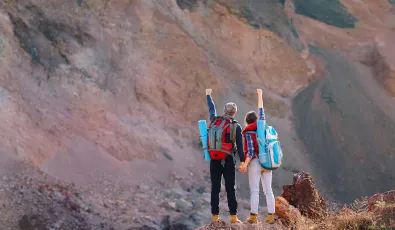
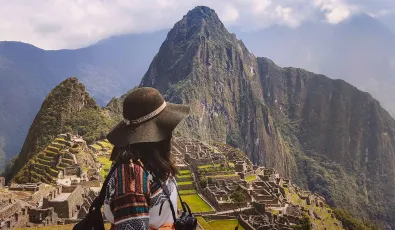
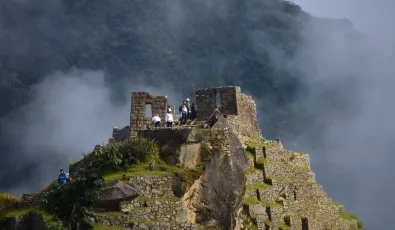

Add new comment